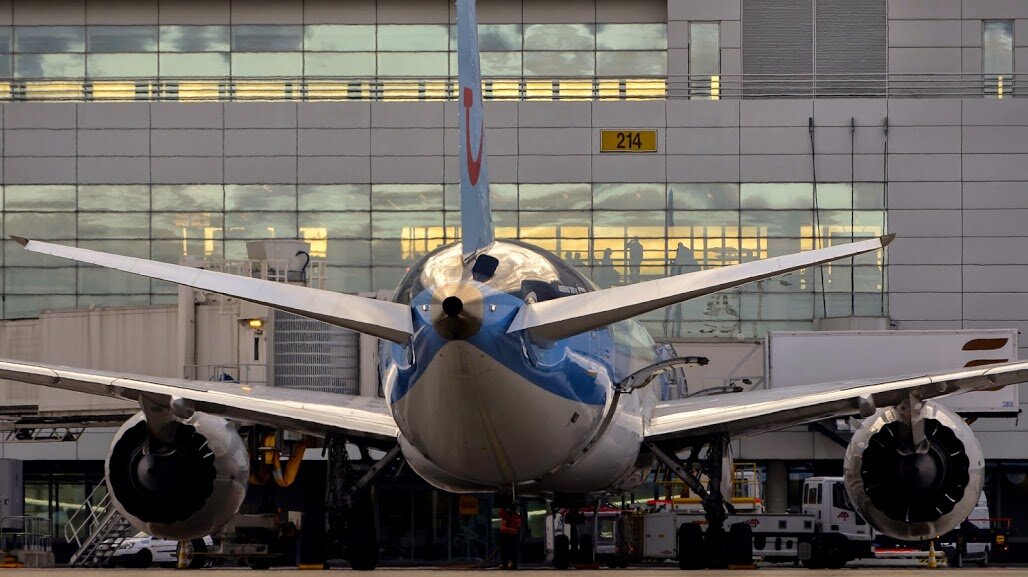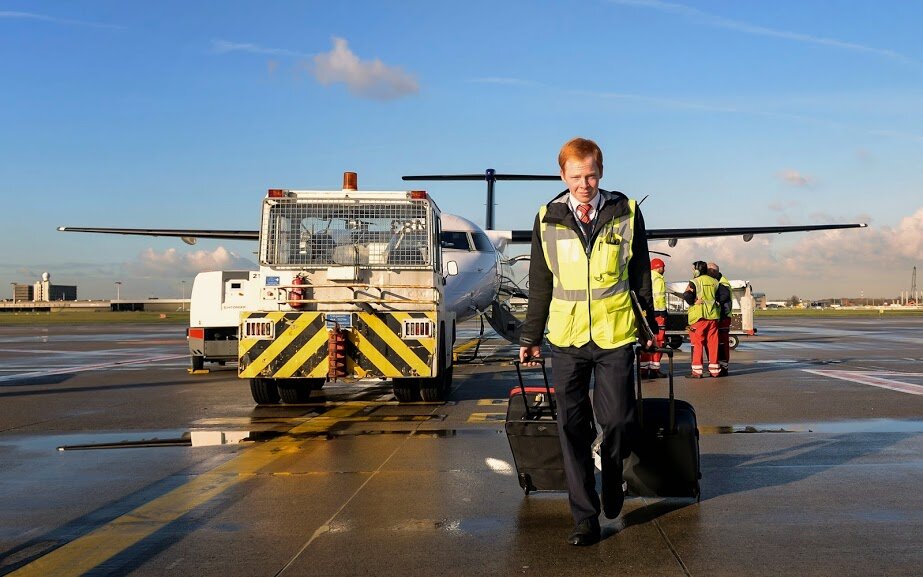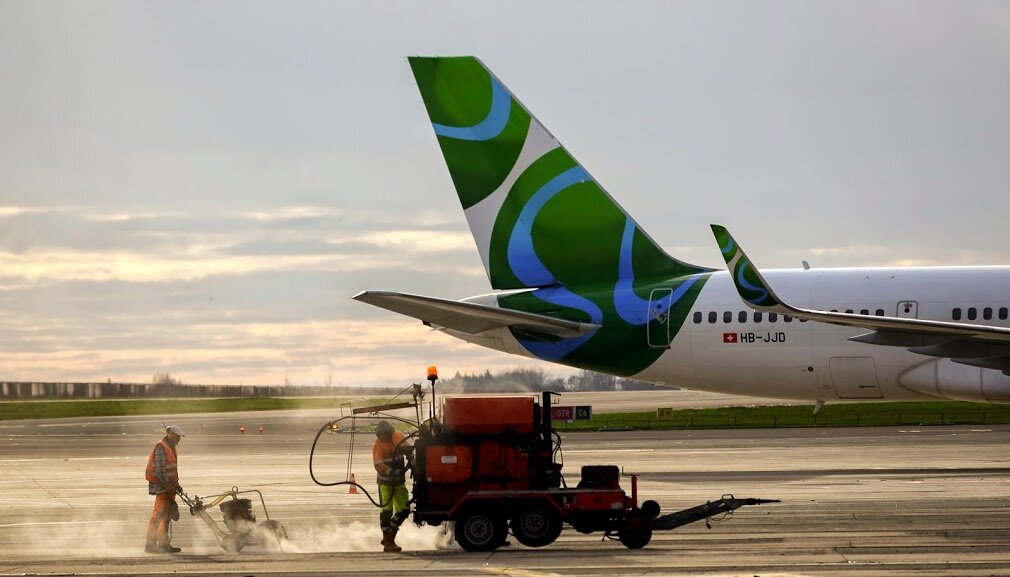Published Articles

Public Private Partnership (PPP): What You Need to Know
Airports that are well and professionally-run generally present themselves as attractive assets. They become even more valuable if they can also make business sense and demonstrate profitability as operational enterprises in their own right.
Being both operationally efficient and profitable is an enviable state for a modern airport to be in; where operational capacities are in equilibrium with profit generation; where there is sufficient plough-back potential to make the airport asset self-sustaining and viable as a going-concern. In the context of an airport, this self-sustainability exemplifies “value”; it demonstrates continuity and an airport’s ability to catalyse the local economic multiplier.

A-CDM Affairs: Avoiding Loss of Attention Span 2
This is part 2 of my non-exhaustive debrief of Eurocontrol's A-CDM workshop, held in September 2015. In part 1, A-CDM Affairs: Avoiding Loss of Attention Span 1, among other things: patience getting rewarded ultimately, the green dots on the implementation status chart, the introduction of A-CDM in the ICAO world, and the long awaited benefits study.

A-CDM Affairs: Avoiding Loss of Attention Span 1
Thanks for checking in on the continuation of my Airport Collaborative Decision Making series on New Airport Insider. Due to business opportunities in the rapidly expanding A-CDM world, I admit I've been rather quiet on this subject… But good to be back, and present you with my take on the most recent state of play on A-CDM, as presented at Eurocontrol on September 22nd-23, 2015. This is part 1 of 2, with part 2 to be published in 2 weeks.
Wait, let’s rule out a potential misunderstanding here; I’m not pretending that you would be patiently waiting for a next post on A-CDM, but I was only alluding on the fact that I was forced to go way back into time to check when the last time was that the A-CDM airport community had the chance to team up to discuss and (dis-)agree on what’s close to our hearts.

South East Asia Aviation: What You Need to Know
“The liberalization of ASEAN’s aviation sector will be a major catalyst for the region’s economic growth by 2030” - Liow Tiong Lai, Malaysian Minister of Transport
The Malaysian Minister of Transport’s thoughts are backed by strong arguments as aviation plays a vital role in developing business, trade, sales, innovation, investments and tourism, all facilitating economic growth. With South East Asia being one of the most dynamic areas in the world, a boost in tourism and trade should have astonishing effects and bring countless opportunities - and challenges - for all aviation players. Latest news indicate that the Single Aviation Market (SAM) is due to be signed by this year.

Airports Compete for New Talent
When folks find out I was President of Airports Council North America (ACI-NA) for eight years, I tend to get a lot of questions. Depending on who I am talking to, the first questions are often about whether I get free flights or parking or food (parking is a big one, everyone thinks free parking would be the coolest perk, but alas!).
After the frivolous subjects are dealt with, people always want to know more about what happens behind the scenes. And the more people learn, the more they want to know what kind of person it takes to run such an operation, both at the CEO and the operational levels. The more we talk, the more often I hear the same thing: "What an unusual combination of capabilities these people must have. Where do you find them?"

This is How Heathrow Airport Innovates
In this new series by Heathrow Airport’s IT Innovation team, we will share with you how we operate and provide context as to why Heathrow Airport Holdings (HAL) formed an Airport IT Innovation team. Also, introduce our mission, goals and detail processes and practices. The posts will be written by different members of the Innovation department and we will go into detail about some of the initiatives we have been working on.

Beijing New Airports
China is now renowned for building hundreds of airports throughout the country. Having 90% of the Chinese population living less than 100 km from an airport by 2020 is one of the many ambitious targets found in the government's five-year plan. We covered these in our first article China Airports Build. Also mentioned are China's three megalopolis of Shanghai, Guangzhou, and Beijing which account for one third of the country's air passenger traffic. These cities already have well-developed air transport systems serving roughly the three cities' 60 million inhabitants. Yet, Beijing’s Capital Airport (BCIA), the second busiest airport in the world, has exceeded its capacity while handling 83.7 million passengers in 2013.

Australia Airports Build: Brisbane Airport Under Pressure
Fuelled by the commencement of the Asian century, Australia's resource sector has experienced a significant boom but with its natural resources often located in regional and remote locations, mining companies had to come up with attractive models for manning their operations.
It has been during this period that FIFO (Fly-In, Fly-Out, pronounced Fye-Foe) has become almost industry standard. FIFO involves all or part of a mine site's workforce flying in from a city to work and live on site for a week or two and then flying home for a week or two before starting the process again (this is often called a swing).
